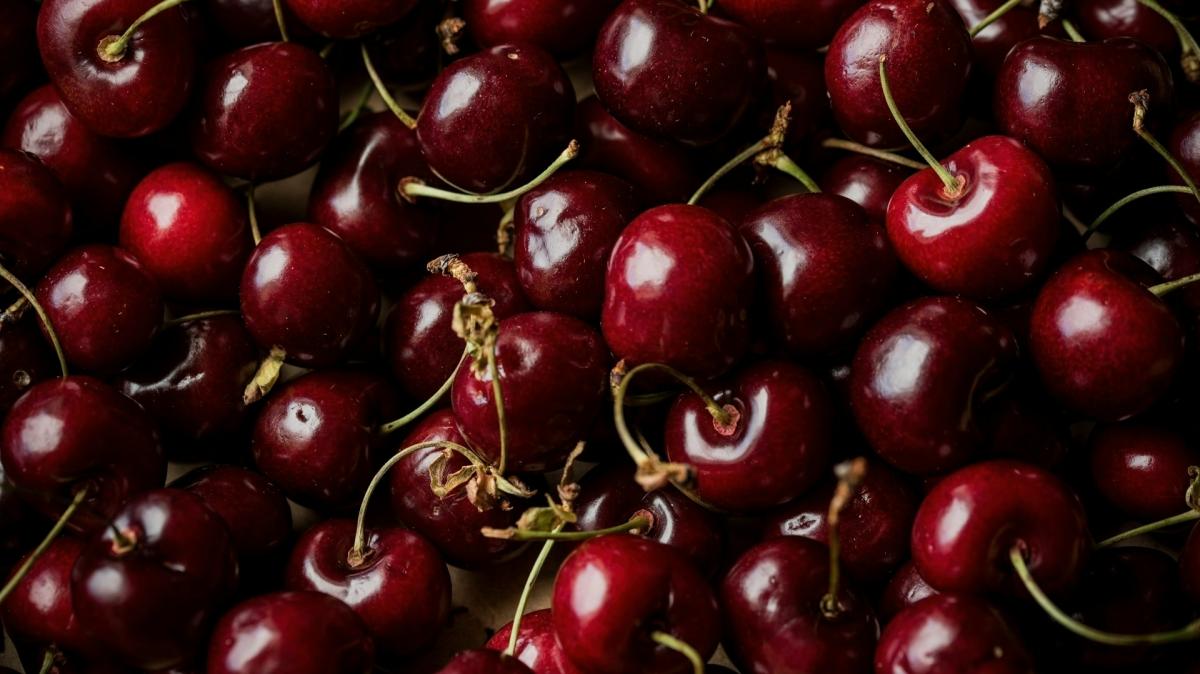December 9, 2025 | 06:35 GMT +7
December 9, 2025 | 06:35 GMT +7
Hotline: 0913.378.918
December 9, 2025 | 06:35 GMT +7
Hotline: 0913.378.918

Image: Unsplash.
China was once a major destination for U.S. cherries, especially during a growth surge from 2015 to 2018. However, over the past two years, many exporters have shifted their focus to other Asian markets such as Vietnam, South Korea and Japan. Canada remains the largest importer, accounting for 37% of U.S. cherry exports.
Amid ongoing tariff-related uncertainty with China, U.S. cherry exporters have increasingly turned to alternative markets like Vietnam, contributing to a surge in supply and record-low prices. In some Vietnamese stores, prices have dropped to just 189,000 Vietnamese dong (US$7.20) per kilogram — half of those seen last year. WinMart, one of Vietnam’s largest retail chains, ran a promotional campaign from July 8 to July 23, slashing prices to 299,000 dong (US$11.40) per kilogram — 160,000 dong (US$6.10) below the regular price. As a result, cherry sales surged by 140% compared with the same period of last year.
According to the Vietnam Fruit and Vegetable Association, cherry imports reached US$28 million in the first five months of this year, a year-on-year increase of 43%. Vietnam is also negotiating a trade agreement with the United States to reduce reciprocal tariffs from 46% to 20%, offering to eliminate tariffs on U.S. goods in return.
The U.S. Department of Agriculture forecasts that cherry production will reach 383,000 metric tons in 2025 — an 8% increase over 2024. This increased output has pushed down domestic wholesale prices by 10–15% in June and July compared with last year.
As exports to mainland China continue to face obstacles, surplus cherries have also been redirected to Hong Kong, pushing prices to a 20-year low. Washington State cherries now sell for just 40 Hong Kong dollars per pound (US$11.24 per kilogram) at the Yau Ma Tei wholesale fruit market. According to Kingo Fruit, a local importer, peak daily sales have risen from 8,000 boxes last year to 12,000 this year. However, prices have also dropped sharply, with five-kilogram boxes now selling for HK$260–280 (US$33.12–35.67), representing a 35% decline.
In April, the total value of U.S. fruits directly imported into Hong Kong increased by 118%. However, between February and April of this year, the value of fresh cherries re-exported from Hong Kong to mainland China fell by 72% year on year.
producereport

(VAN) Despite numerous challenges, Vietnam's key seafood products are maintaining strong momentum, setting the stage for full-year exports to potentially reach USD 11 billion.

(VAN) The signing of a protocol between Viet Nam and China on the export of fresh jackfruit represents a significant milestone in agricultural trade cooperation between the two countries.

(VAN) On November 27, the Ninh Binh Department of Agriculture and Environment and the Institute for Green Growth Research organized a training course on greenhouse gas inventory for businesses.

(VAN) China’s cooking oil is suddenly flooding into India. It all comes down to a soybean surplus that Beijing doesn’t quite know what to do with.

(VAN) An Giang promotes supply-demand connections, standardizes quality and builds value chains, creating a foundation for sustainable bird’s nest development and aiming to expand exports.
/2025/11/24/5339-4-nongnghiep-075331.jpg)
(VAN) Recently, the conference on 'Sustainable Fisheries Linkage Chain - Tilapia for Export' took place in Tien Hai commune, Hung Yen province.
/2025/11/21/4309-2-153400_128.jpg)
(VAN) Green and low-emission rice is paving the way for Vietnamese rice to enter high-end markets, marking the beginning of a transformation journey toward greening and elevating the national rice brand.